Understand
Caracas, the capital city of Venezuela, is a bustling metropolis nestled in a beautiful valley. It offers a delightful blend of delicious food, diverse culture, and perfect weather, thanks to its high elevation and proximity to the Caribbean Sea. Exploring Caracas is like embarking on an exciting adventure, with its vibrant art scene, culinary delights, and thriving nightlife. The city is adorned with impressive skyscrapers, including the iconic Parque Central Towers, Banco Mercantil Building, BBVA Provincial Tower, and The Twin Towers of El Recreo Shopping Mall. Although the Business Center Confinanzas remains incomplete, Caracas boasts a skyline that will leave you in awe. Wander through the streets of La Candelaria and El Conde/Parque Central to witness the architectural wonders that define the city. Caracas is a cosmopolitan hub, teeming with energy and noise. Despite the ongoing crisis affecting the city's food availability, the restaurants in Caracas still offer exceptional dining experiences. When exploring the city, dress comfortably and avoid wearing valuable clothing or jewelry. If you're not familiar with the language, it's recommended to carry a Spanish dictionary to facilitate your stay. The people of Caracas are known for their hospitality and friendliness. Discover the contrasting neighborhoods of El Rosal and Las Mercedes, which represent the epitome of exclusivity in the city. Take a stroll along the bustling boulevard of Sabana Grande, the main commercial corridor visited by over 500 thousand people every day. Immerse yourself in the rich history of Caracas by visiting emblematic plazas like Plaza Bolívar, Plaza El Venezolano, and Plaza Diego Ibarra. Experience the vibrant ambiance of Plaza Altamira, a symbol of the city's eastern region and a site of opposition protests for nearly two decades. While Caracas may not be the top tourist destination in Venezuela, it is a city filled with art, gastronomy, and a vibrant nightlife waiting to be explored. Caracas is a modern, dynamic, and diverse city, where multiple realities coexist. Its architectural, cultural, and socioeconomic identity has been shaped by fragmentation, making it a key to understanding Venezuela. As the 20th century approached, Caracas expanded beyond La Candelaria, giving rise to rapidly growing towns like Sabana Grande, Chacao, Las Mercedes, and Petare. The majority of Caracas' architectural heritage was built during this century. While the Towers of Parque Central Complex no longer hold the title of the tallest skyscrapers in Latin America, they remain the tallest twin towers in the region. Sabana Grande holds historical significance as it was the favored place of Juan Domingo Perón during his golden exile in Venezuela, residing in the El Rosal and El Bosque neighborhoods. Nestled in a picturesque valley, Caracas is surrounded by the majestic Mount Avila, which separates the city from the Caribbean Sea and shapes its breathtaking landscape. Take a cable car ride from the mountain base to the newly nationalized Waraira Repano park atop the mountain for a delightful weekend getaway. Caracas boldly showcases the staggering wealth inequalities that define Venezuela's economic situation. From the humble barrios in the hills west of the city to the modern business district of El Rosal and the opulent mansions of the eastern neighborhoods, the city is a testament to the stark contrasts within society. The middle class primarily resides in the east, encompassing neighborhoods such as El Recreo de Libertador, Chacao, Baruta, Sucre, and El Hatillo. San Bernardino, La Candelaria, San Pedro, and El Paraíso also serve as important centers for the middle class. Plaza Bolívar remains the heart of the historic center, while the luxurious urbanization of Caracas Country Club boasts spectacular views from Mirador Valle Arriba. Embassies predominantly find their place in municipalities like Chacao and Baruta, with limited presence in El Recreo. El Rosal has emerged as the city's most important business center. Caracas' streets and highways are perpetually congested, fueled by the country's exceptionally cheap gasoline. Inadequate infrastructure and subsidized fuel contribute to pollution and traffic congestion within the city. The Caracas subway system, once hailed as one of Latin America's best, remains swift but often suffers from overcrowding and delays. Visitors must be cognizant that Caracas is still one of the world's most dangerous cities, with some areas effectively off-limits to outsiders. It's crucial to exercise caution and common sense, particularly at night, to ensure a safe visit.
Map & Climate
Map & Climate
Popular Foods
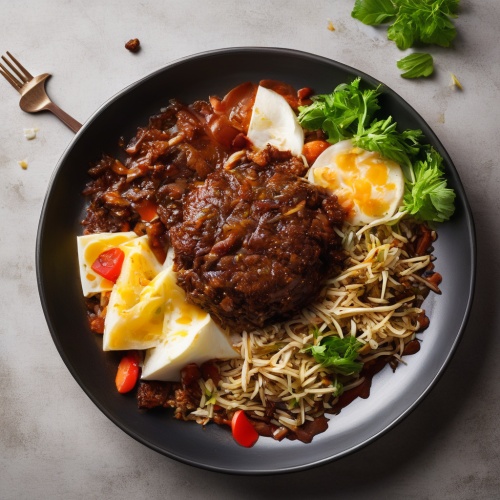 The first most popular food in Venezuela is Arepa, which is a flat, round cornbread made from pre-cooked cornmeal dough or masaque nuevo. It can be found throughout the country and is usually served for breakfast or as a side dish at any time of day. The arepas can be plain or filled with various ingredients such as cheese, chicken, or avocado.
The first most popular food in Venezuela is Arepa, which is a flat, round cornbread made from pre-cooked cornmeal dough or masaque nuevo. It can be found throughout the country and is usually served for breakfast or as a side dish at any time of day. The arepas can be plain or filled with various ingredients such as cheese, chicken, or avocado. 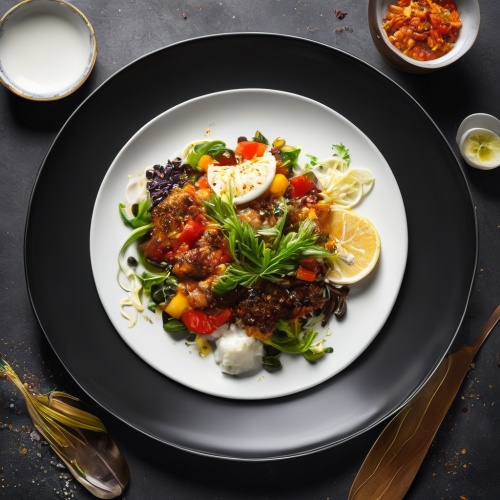 The second most popular food is Pabellón, a traditional Venezuelan dish consisting of shredded beef (carne mechada), black beans, white rice, fried plantains, and arepa. This hearty meal is often served for lunch or dinner and represents a typical Venezuelan home-cooked meal.
The second most popular food is Pabellón, a traditional Venezuelan dish consisting of shredded beef (carne mechada), black beans, white rice, fried plantains, and arepa. This hearty meal is often served for lunch or dinner and represents a typical Venezuelan home-cooked meal.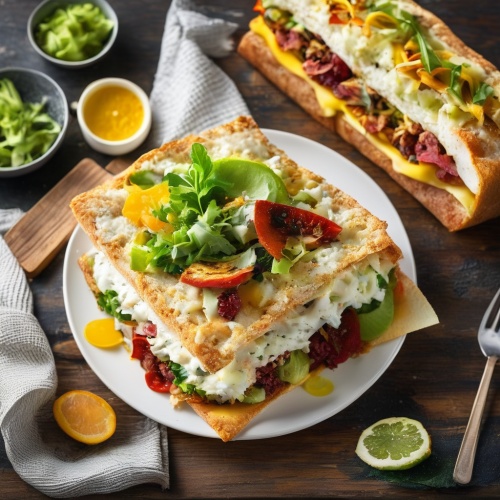 The third most popular food is
The third most popular food is 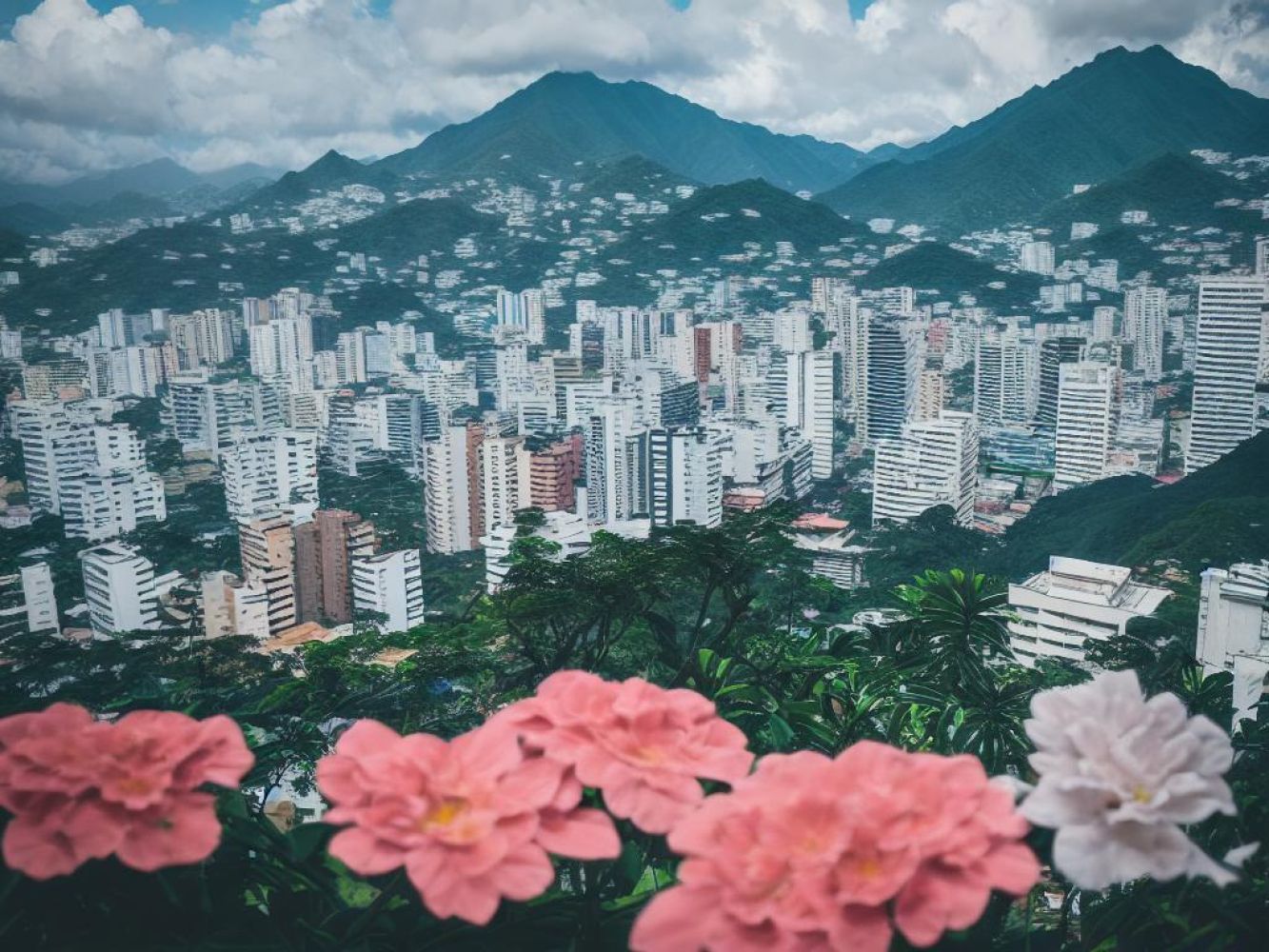

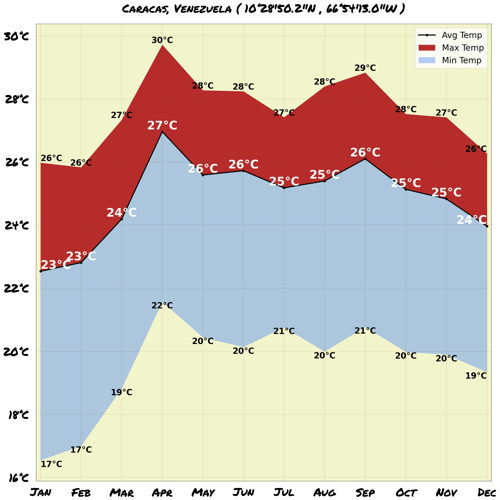
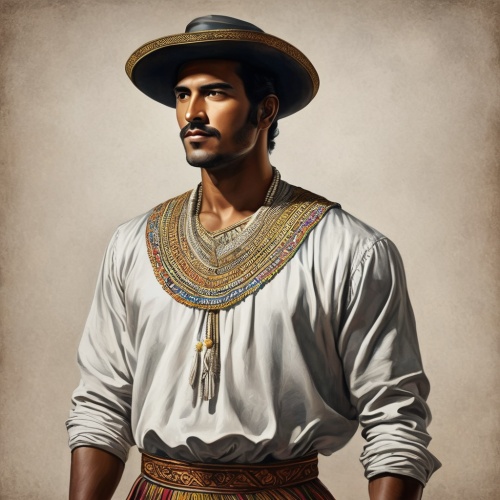
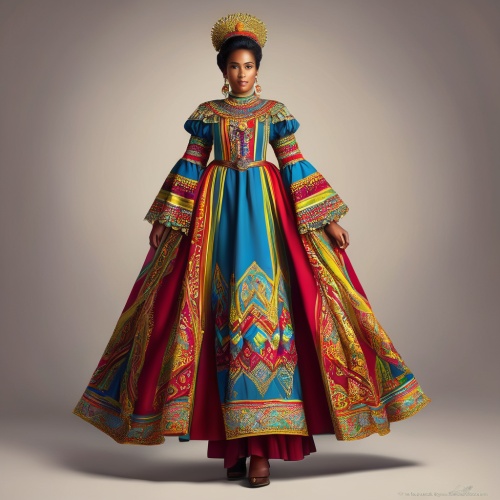
Comments
NO COMMENTS